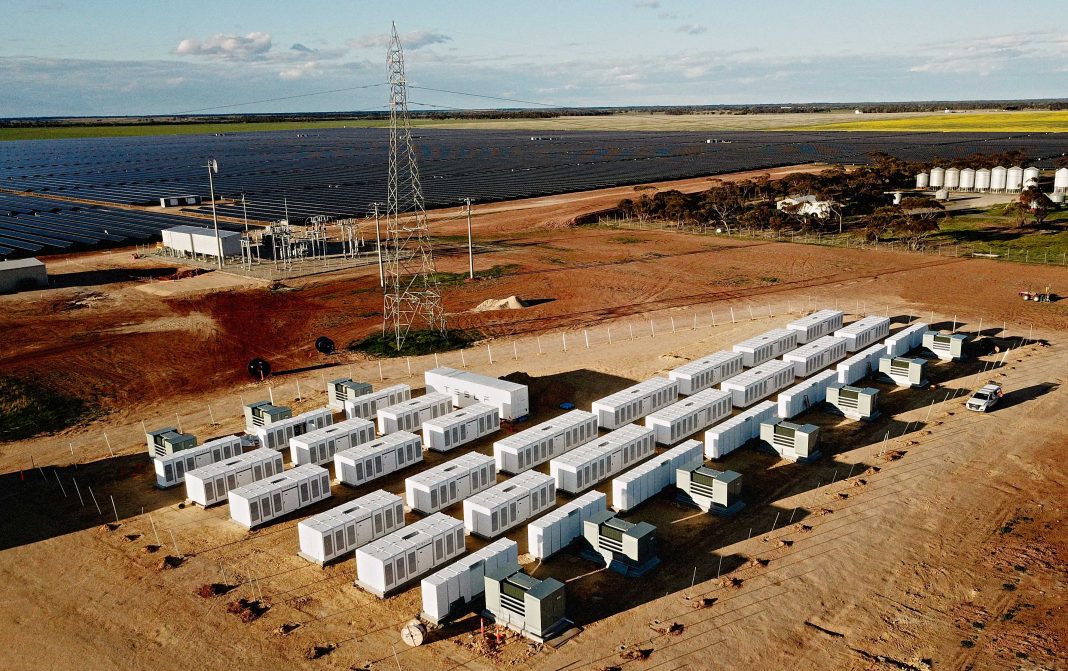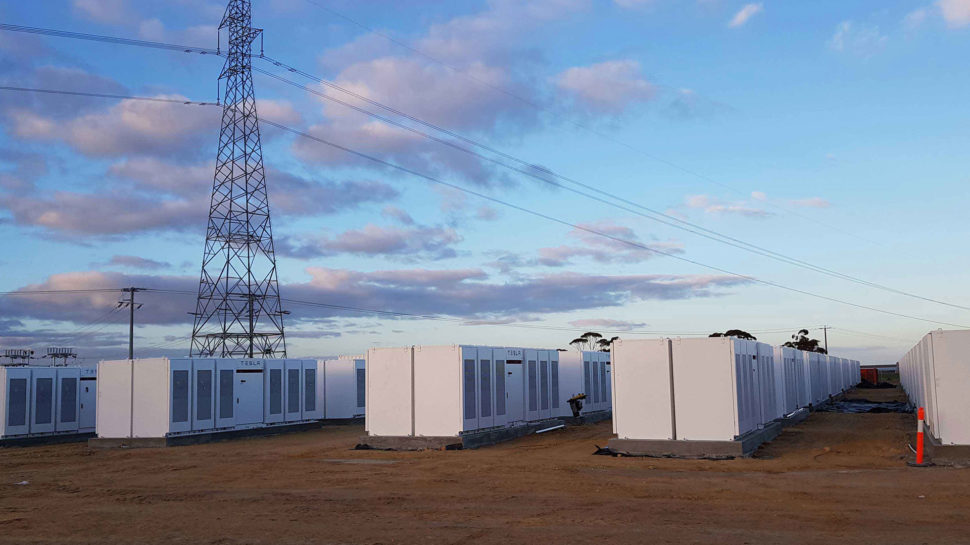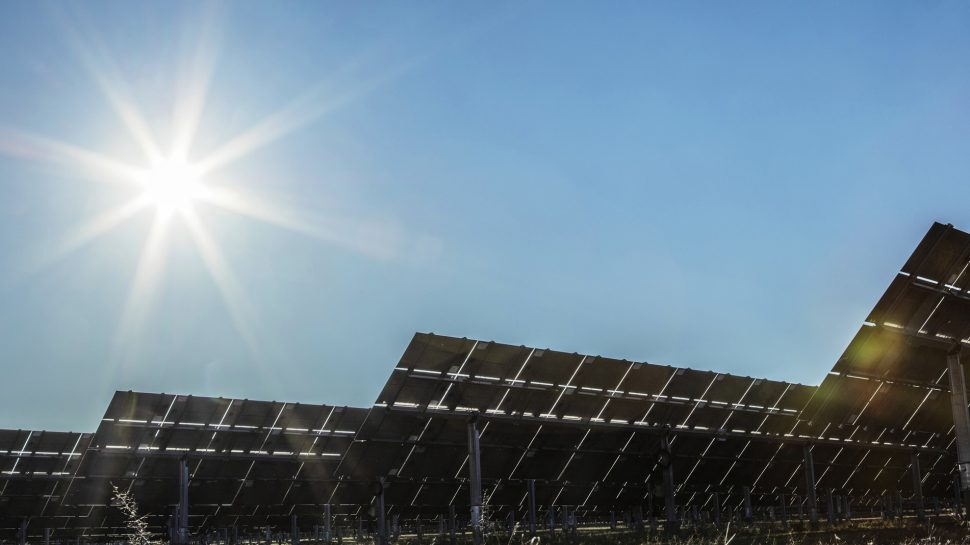Enriching our industry with valuable insights
Gannawarra Energy Storage System continues to enrich our industry with knowledge on the implications of retrofitting batteries to solar farms. Today, a further Knowledge Sharing Report is released detailing operational insights. To read the full report please head to our website
The 25MW / 50MWh Gannawarra Energy Storage System has already provided a range of insights into what – from a development, regulatory and deployment perspective – is required to retrofit a new battery system to an existing solar farm; in this case the 50MWAC Gannawarra Solar Farm. This operational report extends these learnings to provide insights into how a battery and solar system, sharing the same connection infrastructure, behaves in an operational setting. It does so over the two 6-month periods of March to August 2019 and September 2019 to February 2020.
Key insights to be gained from these first two 6-month periods of operation include:
- The shared network infrastructure does not preclude the battery system from performing effectively across the readily accessible markets of energy and FCAS;
- Performance in the energy market has been in line with expectations and was assisted by highly volatile days, where the supply / demand balance was tight;
- Regulation FCAS performance has exceed expectations and has been the stand-out revenue generating performer for the asset since becoming registered in June 2019;
- The facility is not yet providing contingency FCAS services, but this is simply because it has not yet been registered to do so and is not related to any physical capability limitations or the nature of its connection;
- GESS has been managed using human insight and trading, rather than taking up the option of automatic bidding;
- The approach to trading has been to manage the SOC of the battery around the timing of peak demand periods, which is adjusted by season, and to determine the number of cycles/energy dispatched based on the typical spread in prices in the period;
- Concurrent regulation FCAS participation has been used effectively to amplify the revenue potential of individual cycles and to improve the effective cost of charging;
- The two major constraints on operations that GESS experiences, that may be in contrast to other battery systems in the NEM is 1) the application of DUOS charges by Powercor (being distribution network connected); and 2) the management of the 50MW substation headroom constraint around the output of the solar farm;
- Despite the significant financial burden that the application of DUOS charges means for charging outside of solar hours, GESS has to this point in time still found it optimal to perform a lower capacity (10MW) charge overnight as this correlates with the lowest price periods and allows the battery to have an available SOC to capture some morning price peaks;
- The primary challenge in managing the substation headroom constraint relates to inaccuracies in the forecast of GSF, where a forecast that is higher than actual can result in underutilised headroom that could have been used by GESS, particularly during tight network events;
- It is expected that a transition to the more accurate self-forecasting (and away from a reliance on AEMO’s forecast) will mitigate these challenges, as will the movement to more coordinated IT system interfaces; and
- GESS performed strongly from a technical perspective over the reporting period, with high rates of availability and no safety or environmental incidents to report.
Project partners
GESS would not have been possible without the support of DELWP as part of its Energy Storage Initiative, ARENA as part of its Advancing Renewables Program or WIRCON as 50-50 joint venture co-investors. GESS’s other project partners Tesla and EnergyAustralia also worked tirelessly to turn the project from concept to reality
The full report can be downloaded here
For more information about Gannawarra and our other projects, click here

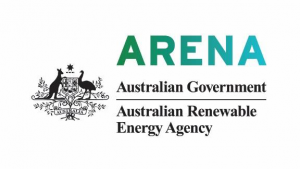
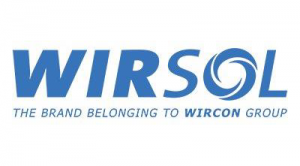

![]()
